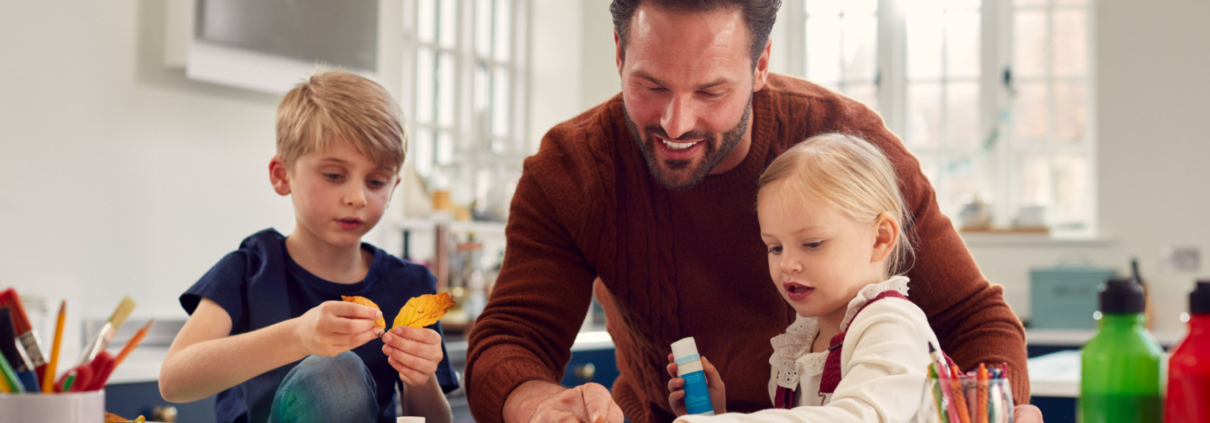Cultural Education: Fun and Educational Craft Ideas
What is Cultural Education? Why combine that with crafts?
Cultural education is an important aspect of a child’s development that helps them to learn about different cultures, traditions, and values. It is important for young children to understand and appreciate cultural diversity, as it helps them to develop empathy and respect for others who may be different from themselves. One way to introduce children to cultural education is through educational craft projects. Fun and educational craft projects can solidify the concepts of cultural education.
Craft projects provide an interactive and engaging way for young children to learn about different cultures. By creating art and crafts that are inspired by various cultures, children can learn about different customs, traditions, and values in a fun and interactive way. These projects can be designed to teach children about the arts, history, geography, language, and even food of different cultures.
In this blog, we will explore some educational craft projects that can help young children understand cultural education. From creating traditional masks to making colorful paper lanterns, these projects will engage children’s creativity while teaching them about different cultures from around the world. Whether you are a teacher, parent, or caregiver, these educational craft projects are a great way to inspire children’s curiosity about the world and broaden their understanding of different cultures.
Craft Ideas
Here are some fun and educational craft projects that can help children learn about different cultures while fostering creativity and cognitive development:
Cultural Collage:
Have children create a collage using images, words, and phrases that represent various cultures from around the world. They can use magazines, newspapers, or printouts from the internet to gather images of clothing, food, landmarks, and more. This will help them learn about different traditions and customs while creating a beautiful piece of art.
World Flag Garland:
Teach children about different countries by making a garland of mini world flags. Provide them with colored paper or markers of different colors, scissors, glue, and reference images of different national flags. Children can cut out the shapes and assemble the flags, then string them together to create a garland. Display the garland in your classroom or at home to spark conversations about the countries represented.
Paper Mache Globe:
Create a 3D globe using paper mache techniques to help children learn about geography and different cultures. Inflate a balloon and cover it with newspaper strips dipped in a mixture of glue and water. Allow it to dry, then paint the continents, oceans, and countries on the globe. This hands-on project will help children visualize the world and appreciate cultural diversity.
Cultural Dress-Up Dolls:
Have children design and create paper dolls representing different cultures. Provide them with templates of dolls and various outfits, accessories, and hairstyles from different countries. They can color and cut out the pieces, then mix and match them to create unique cultural combinations. This activity will help children learn about clothing, traditions, and customs from around the world.
International Recipe Book:
Encourage children to learn about different cultures through food. Have them research traditional dishes from various countries and create a recipe book with illustrations. They can draw the dish, write a brief description, and list the ingredients required. This project will introduce children to new flavors and culinary traditions while practicing their writing and drawing skills.
These craft projects not only help children explore different cultures but also encourage creativity, teamwork, and critical thinking. Happy crafting!

Founder and Director of Education at Language Kids.
M. Ed.


